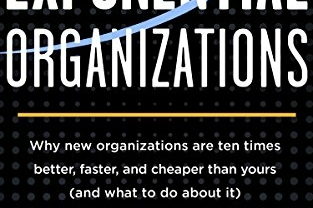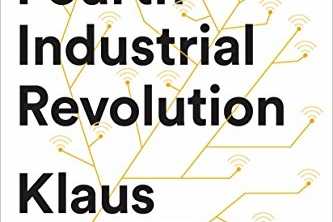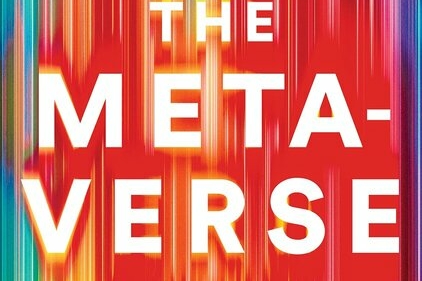In Life 3.0: Being Human in the Age of Artificial Intelligence, Swedish-American physicist and machine learning researcher Max Tegmark describes the societal impact of Artificial Intelligence on the future of life on Earth and beyond.
Favourite Takeaways – Life 3.0
Life
A process that can retain its complexity and replicate. What’s replicated isn’t matter (made of atoms) but information (made of bits) specifying how the atoms are arranged.
When a bacterium makes a copy of its DNA, no new atoms are created, but a new set of atoms are arranged in the same pattern as the original, thereby copying the information.
In other words, we can think of life as a self-replicating information-processing system whose information (software) determines both its behavior and the blueprints for its hardware.
Life 1.0, 2.0 and 3.0
The three stages of life: biological evolution, cultural evolution and technological evolution.
Life 1.0 is unable to redesign either its hardware or its software during its lifetime: both are determined by its DNA, and change only through evolution over many generations.
“Life 1.0”: life where both the hardware and software are evolved rather than designed.”
Life 2.0 can redesign much of its software: humans can learn complex new skills—for example, languages, sports and professions—and can fundamentally update their worldview and goals.
“Life 2.0”: life whose hardware is evolved, but whose software is largely designed.”
The ability to design its software enables Life 2.0 to be not only smarter than Life 1.0, but also more flexible. If the environment changes, 1.0 can only adapt by slowly evolving over many generations. Life 2.0, on the other hand, can adapt almost instantly, via a software update.
Life 3.0
Life 3.0, which doesn’t yet exist on Earth, can dramatically redesign not only its software, but its hardware as well, rather than having to wait for it to gradually evolve over generations.
Life 3.0 is the master of its own destiny, finally fully free from its evolutionary shackles.
The boundaries between the three stages of life are slightly fuzzy. If bacteria are Life 1.0 and humans are Life 2.0, then you might classify mice as 1.1: they can learn many things, but not enough to develop language or invent the internet.
- Life 1.0 (biological stage): evolves its hardware and software
- Life 2.0 (cultural stage): evolves its hardware, designs much of its software
- Life 3.0 (technological stage): designs its hardware and software
After 13.8 billion years of cosmic evolution, development has accelerated dramatically here on Earth: Life 1.0 arrived about 4 billion years ago, Life 2.0 (we humans) arrived about a hundred millennia ago, and many AI researchers think that Life 3.0 may arrive during the coming century, perhaps even during our lifetime, spawned by progress in AI.
The three distinct schools of thought: Digital Utopians, Techno-Skeptics and members of the beneficial-AI movement.
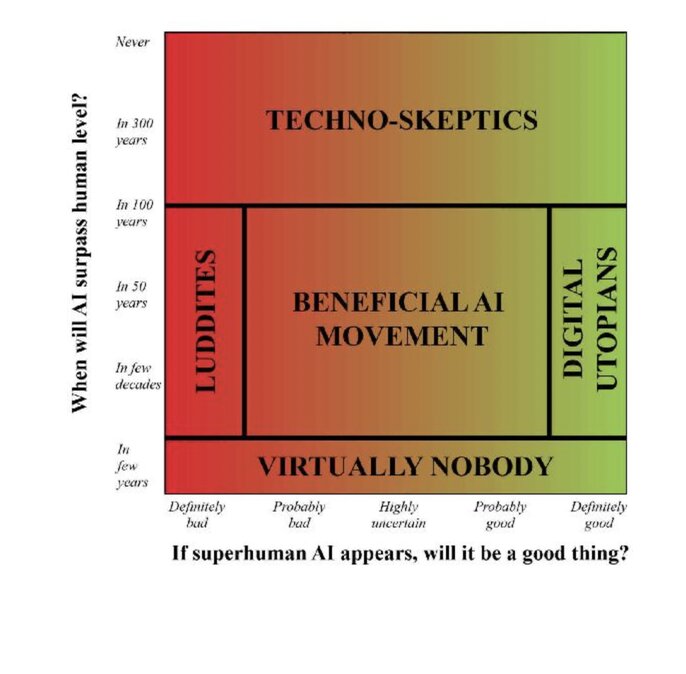
- Digital utopians view it as likely this century and wholeheartedly welcome Life 3.0, viewing it as the natural and desirable next step in the cosmic evolution.
- Techno-skeptics view building superhuman AGI as so hard that it won’t happen for hundreds of years, making it silly to worry about it (and Life 3.0) now.
- The beneficial-AI movement also views it as likely this century, but views a good outcome not as guaranteed, but as something that needs to be ensured by hard work in the form of AI-safety research.
Intelligence = ability to accomplish complex goals
The conventional wisdom among artificial intelligence researchers is that intelligence is ultimately all about information and computation, not about flesh, blood or carbon atoms. This means that there’s no fundamental reason why machines can’t one day be at least as intelligent as us.
The ability to learn is arguably the most fascinating aspect of general intelligence.
Neural Networks
A neural network is simply a group of interconnected neurons that are able to influence each other’s behavior. Your brain contains about as many neurons as there are stars in our Galaxy: in the ballpark of a hundred billion.
On average, each of these neurons is connected to about a thousand others via junctions called synapses, and it’s the strengths of these roughly hundred trillion synapse connections that encode most of the information in your brain.
If we don’t change direction soon, we’ll end up where we’re going. – Irwin Corey
AI for Communication
The communication industry is arguably the one where computers have had the greatest impact of all so far. After the introduction of computerized telephone switchboards in the fifties, the internet in the sixties, and the World Wide Web in 1989, billions of people now go online to communicate, shop, read news, watch movies or play games, accustomed to having the world’s information just a click away—and often for free.
IoT
The emerging internet of things promises improved efficiency, accuracy, convenience and economic benefit from bringing online everything from lamps, thermostats and freezers to biochip transponders on farm animals.
Robojudges
AI systems that tirelessly apply the same high legal standards to every judgment without succumbing to human errors such as bias, fatigue or lack of the latest knowledge.
AI-Owned Economy
If AI systems eventually get better than humans at investing (which they already are in some domains), this could lead to a situation where most of our economy is owned and controlled by machines.
The Machines are coming
There are many jobs that won’t get entirely eliminated, but which will see many of their tasks automated.
Medicine
If you go into medicine, don’t be the radiologist who analyzes the medical images and gets replaced by IBM’s Watson, but the doctor who orders the radiology analysis, discusses the results with the patient, and decides on the treatment plan.
Finance
If you go into finance, don’t be the “quant” who applies algorithms to the data and gets replaced by software, but the fund manager who uses the quantitative analysis results to make strategic investment decisions.
Legal
If you go into law, don’t be the paralegal who reviews thousands of documents for the discovery phase and gets automated away, but the attorney who counsels the client and presents the case in court.
Work keeps at bay three great evils: boredom, vice and need. – Voltaire
The history of life shows it self-organizing into an ever more complex hierarchy shaped by collaboration, competition and control. Superintelligence is likely to enable coordination on ever-larger cosmic scales, but it’s unclear whether it will ultimately lead to more totalitarian top-down control or more individual empowerment.
AI Aftermath Scenarios
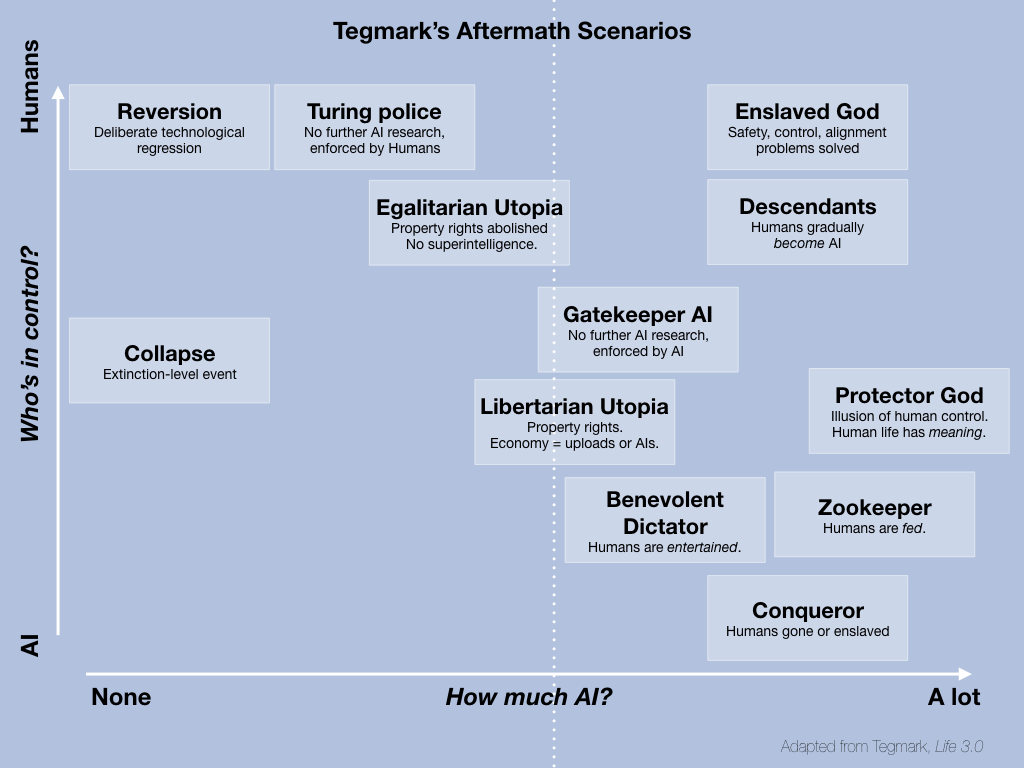
Libertarian Utopia
Humans, cyborgs, uploads and superintelligences coexist peacefully thanks to property rights.
Benevolent Dictator
Everybody knows that the AI runs society and enforces strict rules, but most people view this as a good thing.
Egalitarian Utopia
Humans, cyborgs and uploads coexist peacefully thanks to property abolition and guaranteed income.
Gatkeeper
A superintelligent AI is created with the goal of interfering as little as necessary to prevent the creation of another superintelligence. As a result, helper robots with slightly subhuman intelligence abound, and human-machine cyborgs exist, but technological progress is forever stymied.
Protector god
Essentially omniscient and omnipotent AI maximizes human happiness by intervening only in ways that preserve our feeling of control of our own destiny and hides well enough that many humans even doubt the AI’s existence.
Enslaved god
A superintelligent AI is confined by humans, who use it to produce unimaginable technology and wealth that can be used for good or bad depending on the human controllers.
Conquerors
AI takes control, decides that humans are a threat/nuisance/waste of resources, and gets rid of us by a method that we don’t even understand.
Descendants
AIs replace humans, but give us a graceful exit, making us view them as our worthy descendants, much as parents feel happy and proud to have a child who’s smarter than them, who learns from them and then accomplishes what they could only dream of—even if they can’t live to see it all.
Zookeeper
An omnipotent AI keeps some humans around, who feel treated like zoo animals and lament their fate.
1984
Technological progress toward superintelligence is permanently curtailed not by an AI but by a human-led Orwellian surveillance state where certain kinds of AI research are banned.
Reversion
Technological progress toward superintelligence is prevented by reverting to a pre-technological society in the style of the Amish”
Self-destruction
Superintelligence is never created because humanity drives itself extinct by other means (say nuclear and/or biotech mayhem fueled by climate crisis).
The mystery of human existence lies not in just staying alive, but in finding something to live for. – Fyodor Dostoyevsky, The Brothers Karamazov
AI can be created to have virtually any goal, but almost any sufficiently ambitious goal can lead to subgoals of self-preservation, resource acquisition and curiosity to understand the world better—the former two may potentially lead a superintelligent AI to cause problems for humans, and the latter may prevent it from retaining the goals we give it.
The saddest aspect of life right now is that science gathers knowledge faster than society gathers wisdom. – Isaac Asimov
AI is likely to give us both grand opportunities and tough challenges. A strategy that’s likely to help with essentially all AI challenges is for us to get our act together and improve our human society before AI fully takes off.
Need help with developing a digital strategy for your business? Get in touch.
